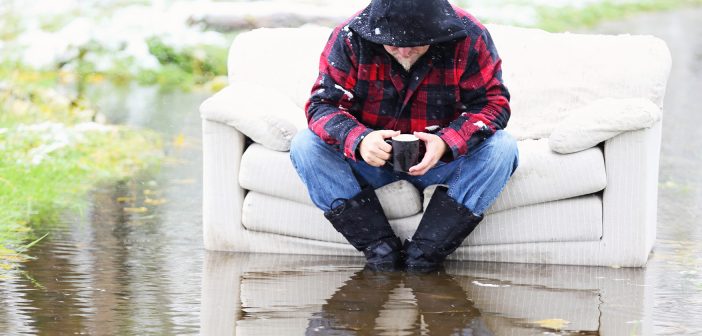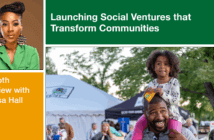Jamie D. Aten and David M. Boan, who head the Humanitarian Disaster Institute at Wheaton College, say that you may never have thought about your church’s role in disaster response. But if your doors are open after a disaster strikes, people will come to you for help. The time to plan is now. It can be the difference between calm and chaos, between courage and fear, between life and death.
Since the 1980s, there has been roughly a 400 percent increase in natural disasters. The world’s five costliest natural disasters have occurred within the past twenty years, with three of those disasters striking in the last eight years alone. There have also been nearly 5,000 terrorist events annually over the last ten years.
Knowing what to do when faced with a crisis can be the difference between calm and chaos, between courage and fear, between life and death.
Many people turn to faith and to local congregations for answers and assistance when disaster strikes. You may never have thought about your church’s role in responding to a disaster in your own community. But if your doors are open after a disaster strikes your area, people will come to you for help. Knowing what to do when faced with a crisis can be the difference between calm and chaos, between courage and fear, between life and death.
If you are going to be ready, the time to plan is now. When a crisis strikes, it is too late to get prepared and too late to start working with those in need. By taking action now, you can save lives and prevent harm during a disaster as you extend your ministry to those in need.
Local congregations are uniquely situated in their communities to help with disaster preparedness, response and recovery. We have heard the following from congregational leaders who support disaster ministry:
- Congregations can provide broad-based prevention as well as holistic care for individuals after a disaster incident. Holistic care provides for the physical, emotional, and spiritual parts of a person’s life.
- Congregations can reach people in need that other groups and agencies cannot reach, and thus help those who would otherwise go unserved.
- Disaster work can be integrated into the other ministries of a congregation and strengthen those same ministries.
- Congregations can be a source for community action. The connection with people in the community helps with assessing needs and risks and identifying possible actions.
- Congregations can advocate on behalf of the marginalized and vulnerable, as in ensuring fair distribution of health care or food, or determining where help is needed most.
- Congregations may provide key resources during a disaster, such as using a meeting space as a rest or evacuation center, or storing and distributing food, water, equipment, and other resources.
- Congregations are already a center for communication, allowing meetings and messages to be communicated to a significant number of people on a regular basis.
- Congregations can provide a willing body of volunteers who are motivated by love and compassion.
In working with churches, we have found that a three-stage approach can be a practical way to get started. It revolves around thinking of how your congregation might take action before, in the midst of, and after a disaster. This is the approach that most government agencies and Christian organizations involved in emergency response have recommended for developing high-quality emergency plans.
Your disaster ministry needs to take into account and leverage your congregation’s unique talents, calling, and gifting. The churches we have seen who have developed the most effective disaster ministries were the ones that started small and built on strengths. This allowed them to take a developmental approach, grow in their vision, add appropriate resources, and sustain their work. Thus it is important to begin by matching your congregation’s resources with specific goals, taking into account current congregation and community resources needed.
This material is excerpted from Disaster Ministry Handbook (Intervarsity Press, 2016) by Jamie D. Aten and David M. Boan, and used with the publisher’s permission. This book is a comprehensive resource for developing a disaster response ministry plan. It is available through Cokesbury and Amazon.
Related Resources:
- Best Practices for Short-Term Mission Trips by Laurie A. Occhipinti
- Your Community is Your Congregation by Joe Daniels
- A Ready Hope: Effective Disaster Ministry for Congregations by Kathryn M. Haueisen and Carol H. Flores, Rowman & Littlefield, 2009






